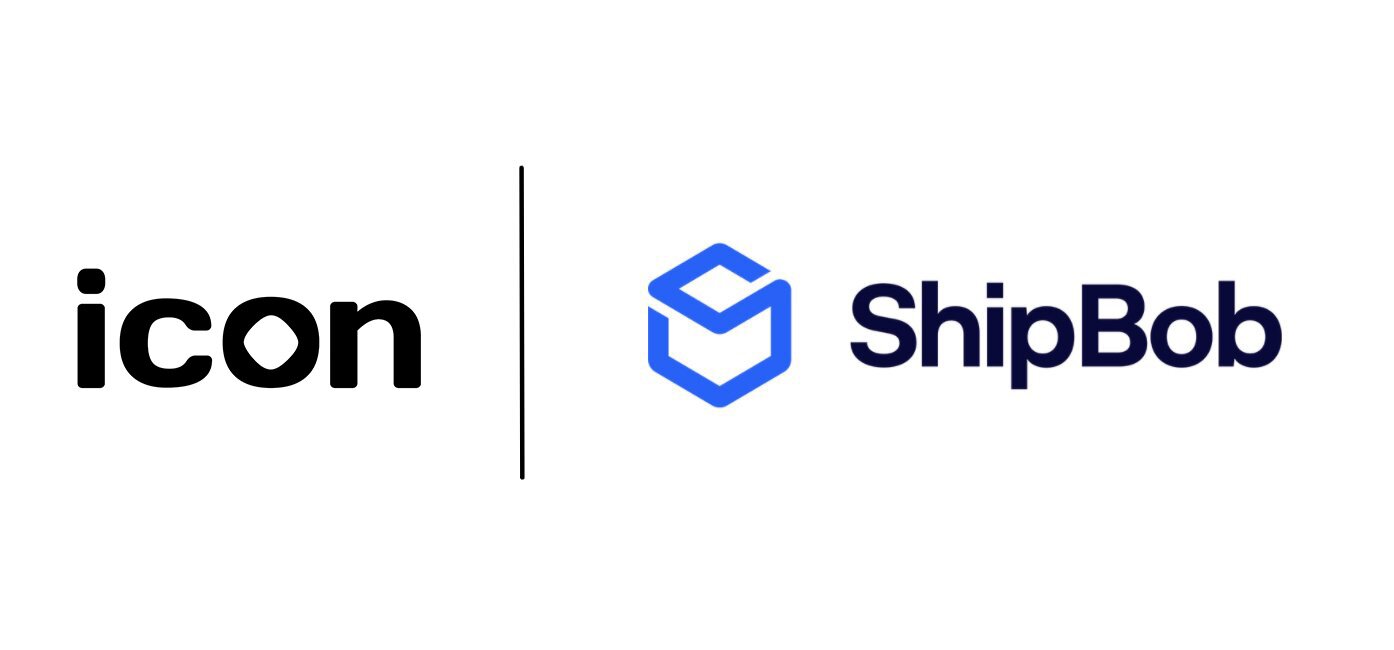Casey Armstrong is the CMO of ShipBob, a global omnifulfillment platform with 30 fulfillment centers across 5 countries that are trusted by over 6,000 DTC eCom brands. The company boasts a 99.9% success rate in accurate, timely order fulfillment, and has raised over $330.5 million in funding.
We sat down with Casey to dive deeper into trends in user expectations for delivery, the lessons DTC operators can learn from B2B SaaS, and best practices for GTM tooling stacks.
“We work with businesses being run by friends in their apartment. We work with brands backed by celebrities and netting $100 million. At the end of the day, we want to support them all in creating a top-tier fulfillment experience for their customers.”
Client Needs at the Core
As Casey describes it, a prevalent pain point for ShipBob customers is the “Amazon Expectation Gap” from buyers regarding delivery time, mainly due to the popularization of two-day or next-day shipping by forces like Amazon.
Whether purchasing from an established corporate seller or an independent small business, shoppers appear to have fallen into the habit of needing instant turnaround on their orders.
And, according to Casey, this issue is at the core of ShipBob: figuring out how to offer fast and affordable fulfillment services to DTC brands of all sizes.
This origin story behind the platform — one that’s consistently responded and adapted to customer needs — has ensured the wide range of ShipBob’s user base, from slow-growing brands to those with multi-million revenues, is likely to measure high in retention.
The last handful of years have also driven the core ShipBob team to expand operations, both geographically and in terms of their supported sales models, in order to best serve their customer pool.
Establishing bases beyond the US in Canada, the UK, Europe, and Australia has allowed its customers to continue growing margins and to provide new consumer geos with the best possible user experience.
In addition, the ShipBob team has doubled down on empowering customers through full ownership of their user shipping data, as well as by supporting their fulfillment needs, beyond just DTC, to diversify revenue streams through B2B and physical locations.
"Whether you’re selling via a brick-and-mortar Target or target.com, we’re here to support you. It’s about providing a one-stop-shop for digital, physical, and B2B.”
Reliable Revenue Streams
In Casey’s words, eCommerce business models have trailed SaaS by ~10 years in terms of building regenerative business models — particularly due to the underutilization of subscriptions, or other approaches that drive reliable revenue or higher margins.
Of course, not every eCom brand and category is compatible with a subscription model, but virtually every business is likely to witness increasing CACs over time.
So, unless one’s price point or margins can sustain that impact, a repeatable purchase or some similar method for increasing customer LTV, like an evolving product catalog, is likely to be their saving grace.
As a result, most ShipBob customers not only leverage subscription components within their business models but also attempt to bake general methods for repeatable revenue into the DNA of their businesses as early in their lifespan as possible.
In a similar vein, Casey has been tracking a separate trend that shows promise for high ROI through healthy and reliable acquisition numbers, and thus, healthy and reliable revenue: the cross-promotional partnership.
For instance, Shopify announced a new cohort of native apps for Shopify Plus users, including a partnerships platform as a method for successful checkout conversion and upselling. This will enable even more brands to seamlessly interconnect for integrated partnerships that have the ability to drive exposure and conversion for both parties involved in the exchange.
“Subscriptions aren’t right for every brand. But, before you launch, you need to consider what product SKUs will pull these customers back again and again.”
Fundamentals Before Tooling
Casey generally cautions young founders against too much tweaking in their GTM tooling stack.
He described meeting founders who haven’t grasped the fundamentals of their business — i.e. margins, COGS, fulfillment costs, CACs, and so on — and instead prioritize chasing the latest apps or channels to optimize a business that hasn’t even been stabilized or found product-market fit.
Instead, in his words, they should be ruthlessly prioritizing those factors which will be essential to growing and sustaining their business over a long-term time horizon.
And when it comes to eventually figure out the layers to stack atop a steady foundation, Casey recommends evaluating growth tactics by weighing three relative factors:
- The level of risk it presents.
- The level of effort to apply it.
- The max benefit it could bring.
For instance, rather than pouring resources into pursuing numerous marketing channels (all of which could be hit or miss for fruitful acquisitions), the ShipBob team has consistently doubled down on their core go-to-market channels — and ultimately grew a nine-figure revenue business.









